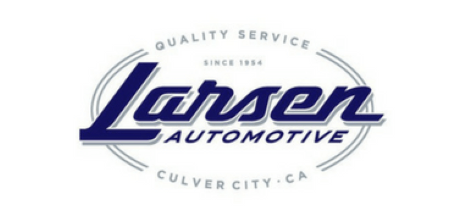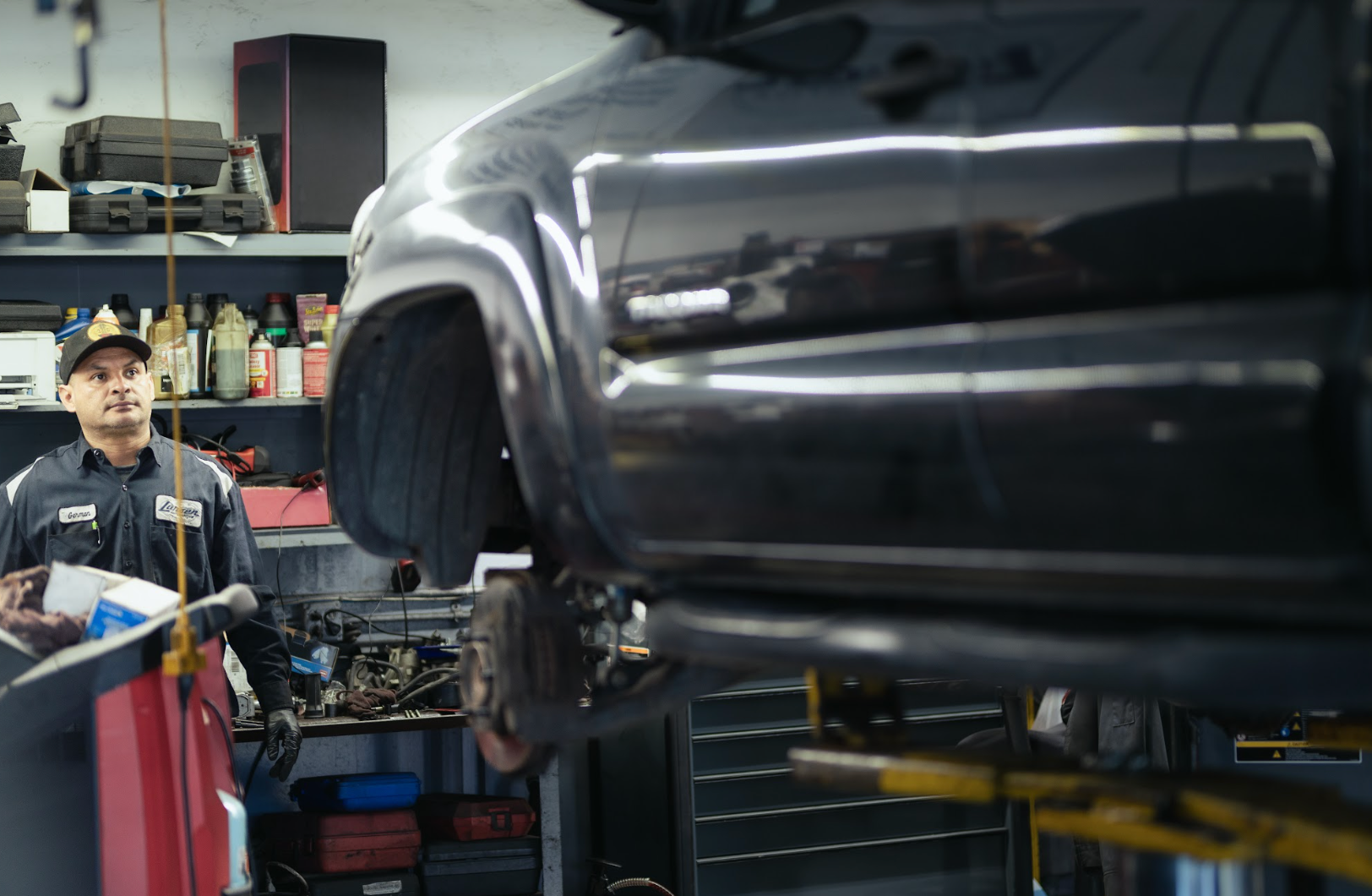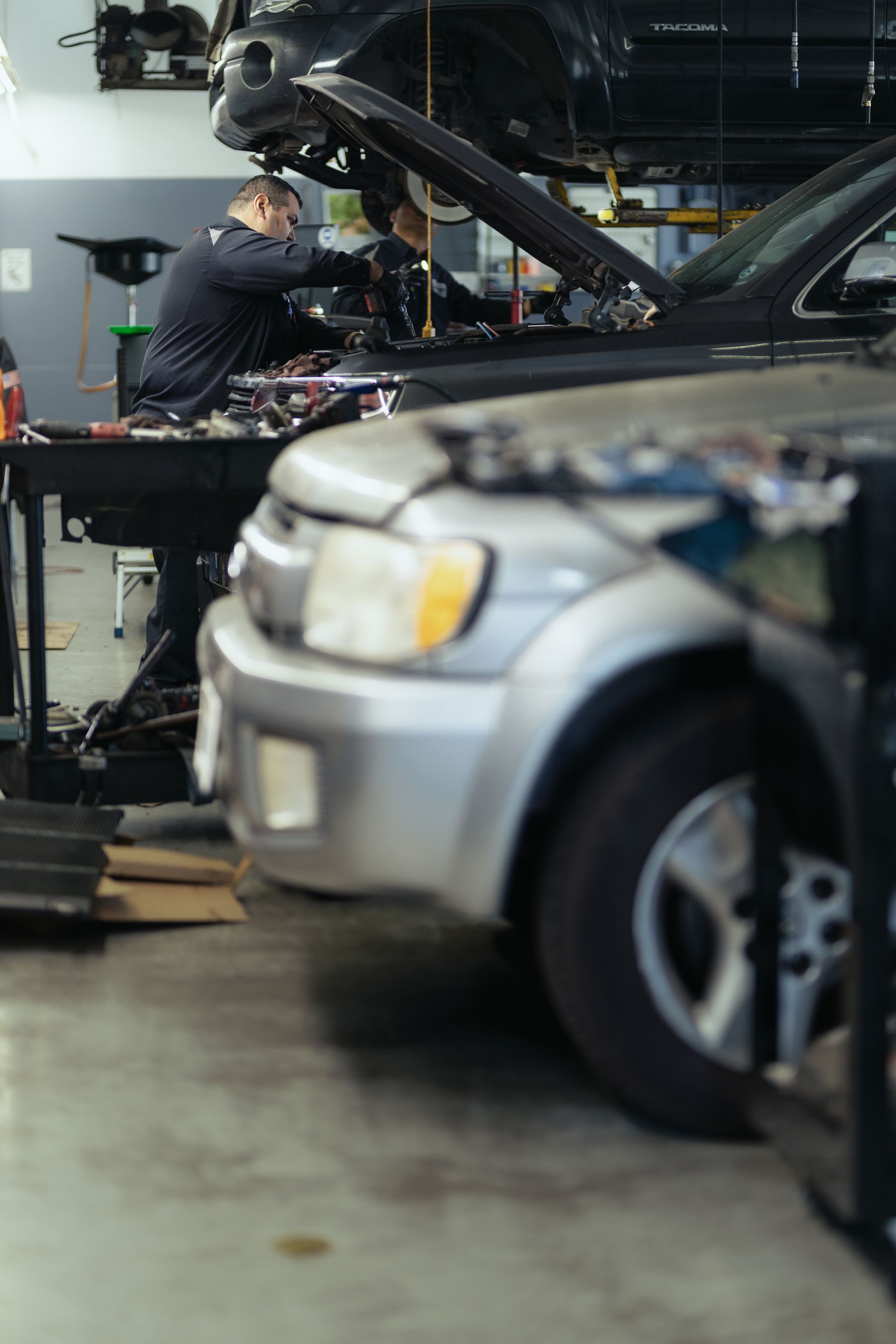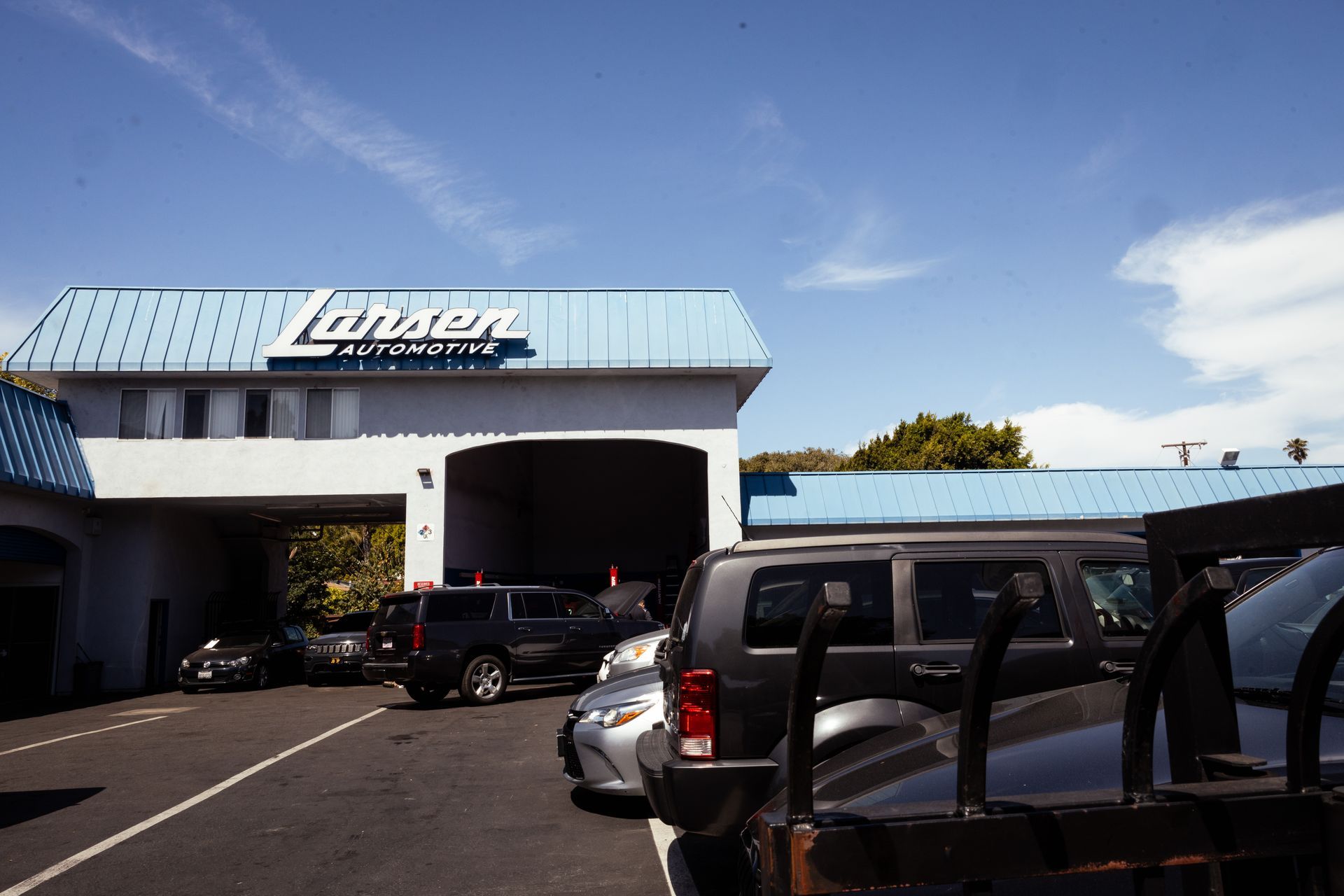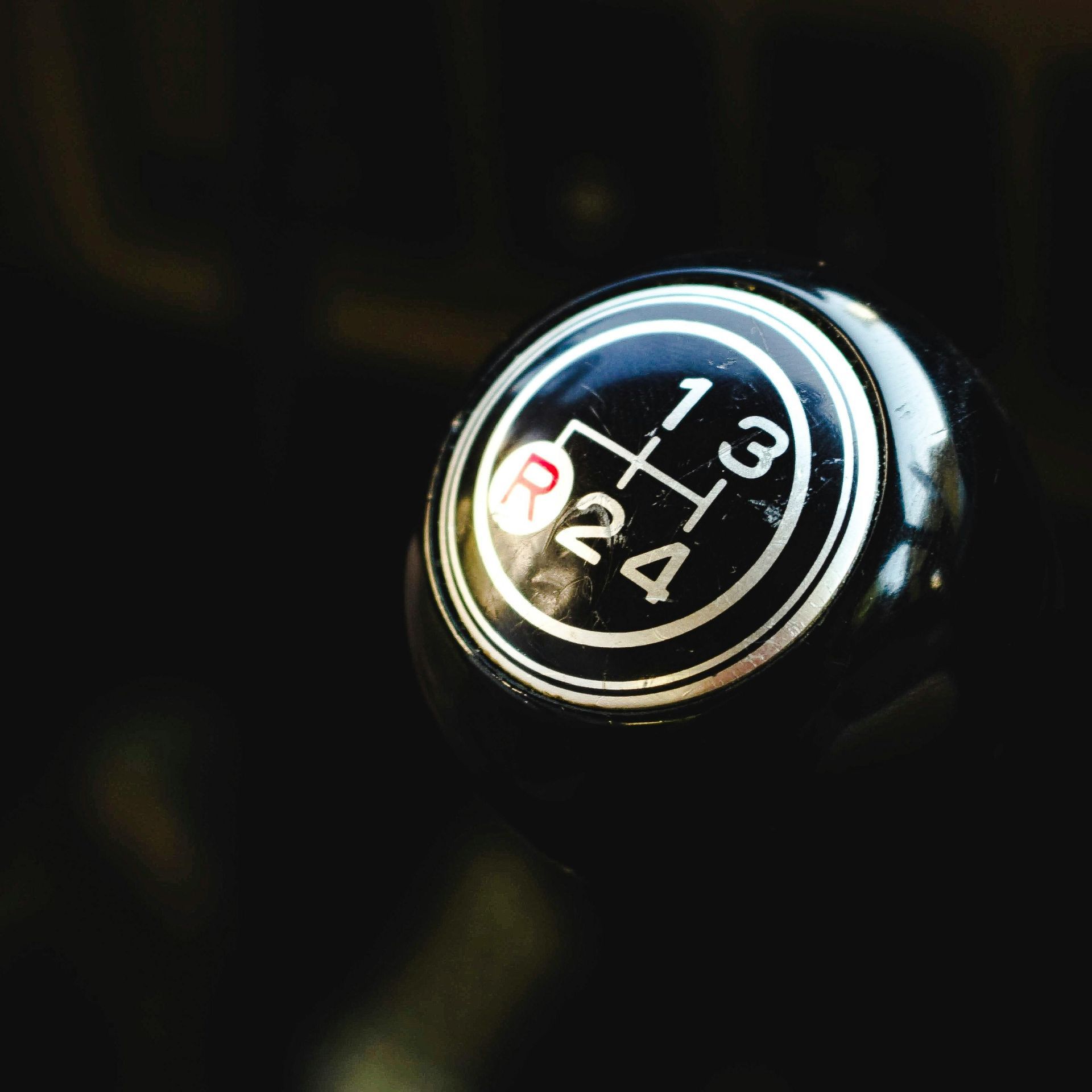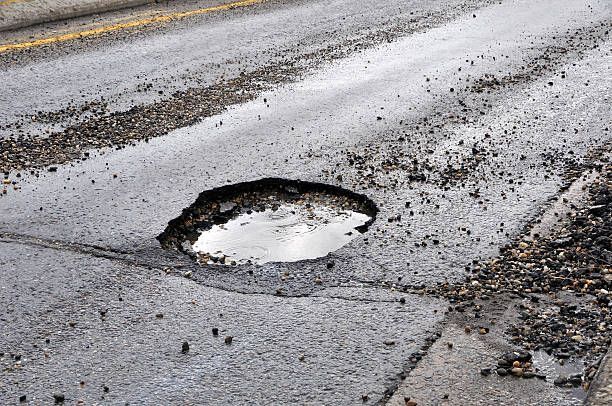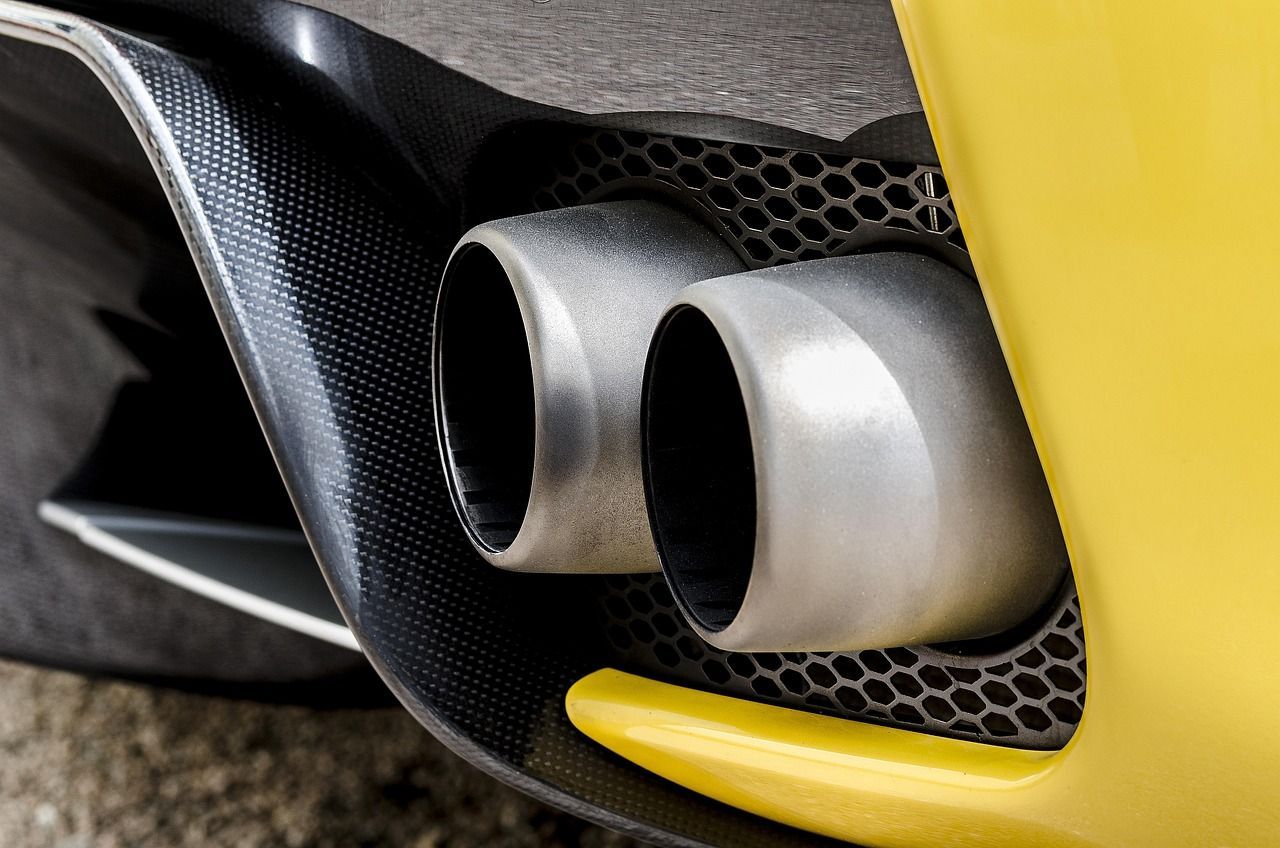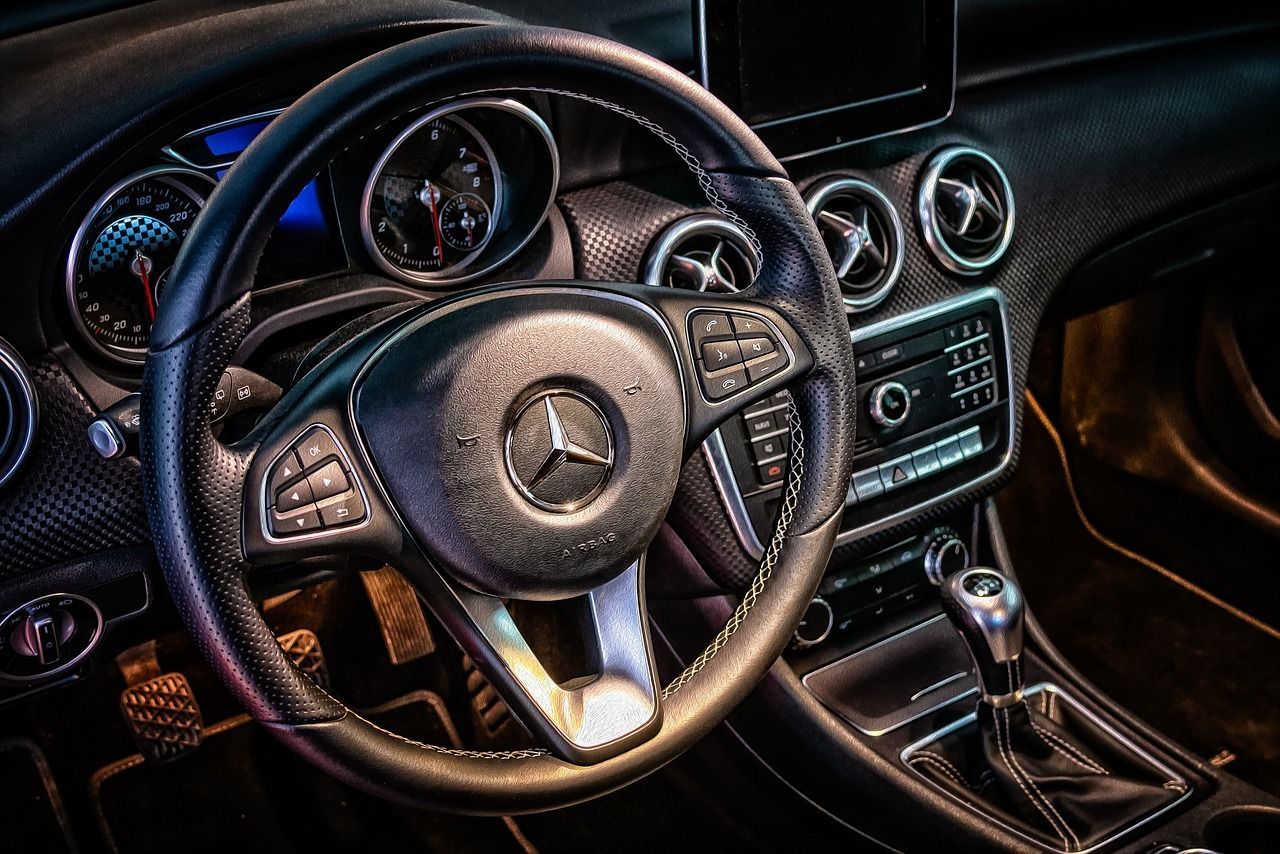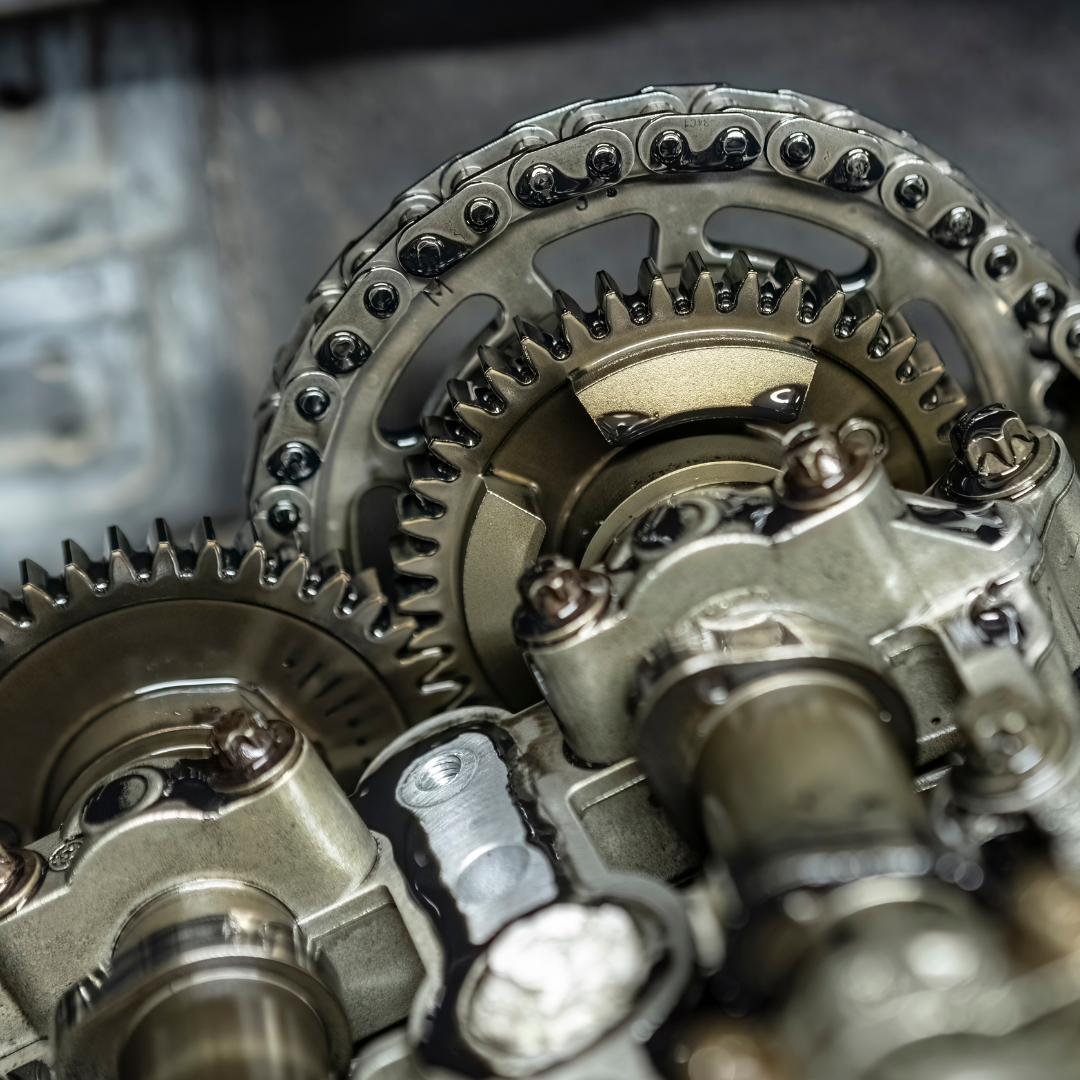Beat the Heat: Your Comprehensive Guide to Car Cooling Systems
Stay Cool and Cruise with Confidence: Mastering the Art of Car Cooling Systems for a Smooth Ride
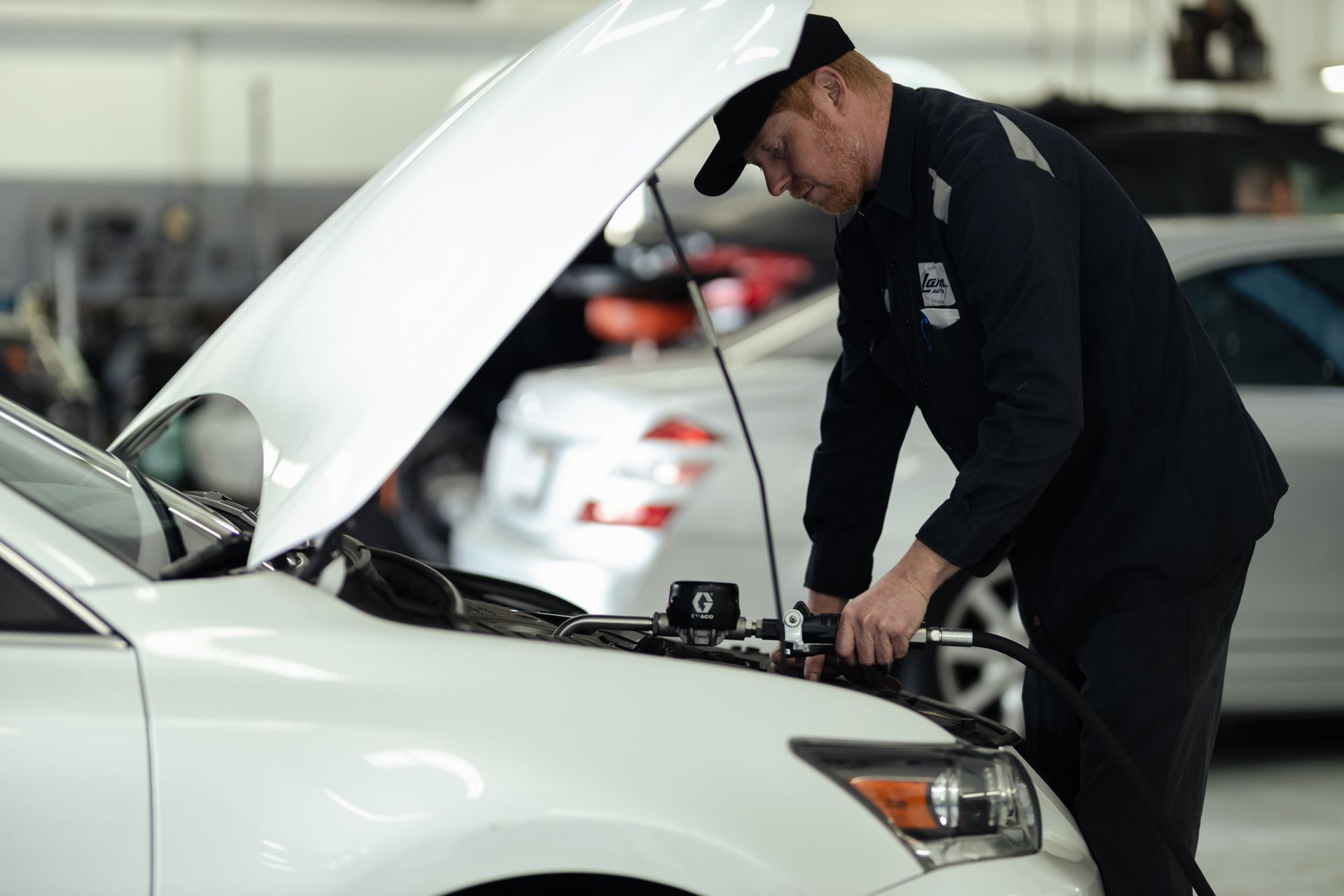
Happy August! Welcome to the Larsen Automotive blog, your trusted resource for insightful, handy, and reliable auto advice. After the long and hot summer, it might have caused some stress on your vehicle's cooling system. It's easy to overlook, yet it's responsible for preventing one of the most detrimental occurrences your car can experience—overheating. In today's post titled, 'Beat the Heat: Your Comprehensive Guide to Car Cooling Systems,' we aim to educate our readers with the knowledge they need to protect their vehicles against the season's harsh elements. With proper maintenance, awareness, and this guide, you'll be well-equipped to ensure a smooth and safe drive throughout the end of the summer.
A vehicle's cooling system is its unsung hero. Working diligently behind the scenes, this system regulates the heat generated by your car's engine, ensuring it operates within the optimal temperature range. However, extreme weather conditions, faulty parts, or lack of maintenance can delay its performance, causing your car to overheat. You need to know where to keep your engine cool and running smoothly.
Understanding the Cooling System
Your car's cooling system comprises several key components, each critical in heat management. The main elements include the radiator, thermostat, water pump, coolant, cooling fans, and a series of hoses and passages within the engine. The water pump circulates coolant—a mix of water and antifreeze—through these passages to absorb heat from the engine. The now-hot coolant is channeled to the radiator, where the cooling fans help dissipate the heat into the surrounding air. The thermostat ensures that the coolant circulates only when the engine has reached its operating temperature.
Common Causes of Overheating
Overheating can happen for a variety of reasons. One common cause is a low coolant level, due either to a leak in the system or not topping it up regularly. A defective thermostat that doesn't open when it should also cause overheating, as can a failing water pump. Blocked hoses, a clogged radiator, or malfunctioning cooling fans are other potential culprits.
Preventative Measures and Maintenance
To ensure your cooling system operates efficiently, it's essential to maintain it properly. Here are some steps you can take:
Regular Coolant Checks: Your coolant should be changed according to your vehicle's service schedule. Check the level regularly, topping it up with antifreeze and water if necessary. Always check when the engine is cold to avoid burns.
Inspect for Leaks: Check for any wet or white spots on the hoses, the radiator, or the ground under your car. Coolant has a distinctive sweet smell, which can help you identify leaks.
Radiator Maintenance: Have your radiator professionally inspected and cleaned periodically. If your radiator is clogged or leaking, it won't be able to cool the engine efficiently.
Thermostat Checks: If your car is overheating, but the radiator and fans are in good working order, you may have a faulty thermostat. Have it checked and replaced if necessary.
Fan Inspection: Ensure your cooling fans are working correctly. They should automatically kick in when your coolant reaches a specific temperature.
Monitor Engine Temperature: Pay attention to your car's temperature gauge, especially during hot weather or when driving at high speeds for extended periods.
Handling Overheating on the Road
If you notice your temperature gauge creeping into the red while driving, acting promptly is crucial. Firstly, turn off the air conditioner and open your windows—this can help reduce the load on the engine and lower its temperature. If the gauge still doesn't drop, turn on your heater—yes, your heater. It acts like a mini radiator, drawing heat away from the engine. Pull over safely as soon as you can and let the engine cool down before checking the coolant level. Overheating can lead to severe engine damage if not addressed, so if your vehicle continues to overheat, it's essential to have it inspected by a professional at Larsen Automotive, we are here to help you if you are in need of professional help.
Larsen Automotive is your premier destination for reliable auto repair solutions, staffed by a team of highly skilled mechanics you can trust. Over the years, we've cultivated a strong reputation as one of the most reliable auto repair shops in Culver City and surrounding areas, including Beverly Hills, Santa Monica, Inglewood, and Marina Del Rey. This reputation is built on our bedrock values of honesty, integrity, and fairness. If you seek expertise, meticulous attention to detail, and transparent communication, look no further than Larsen Automotive. To schedule your visit,
make an appointment
or call us at (310) 558-2115! We are conveniently located at 10707 Jefferson Blvd, Culver City, CA 90230
